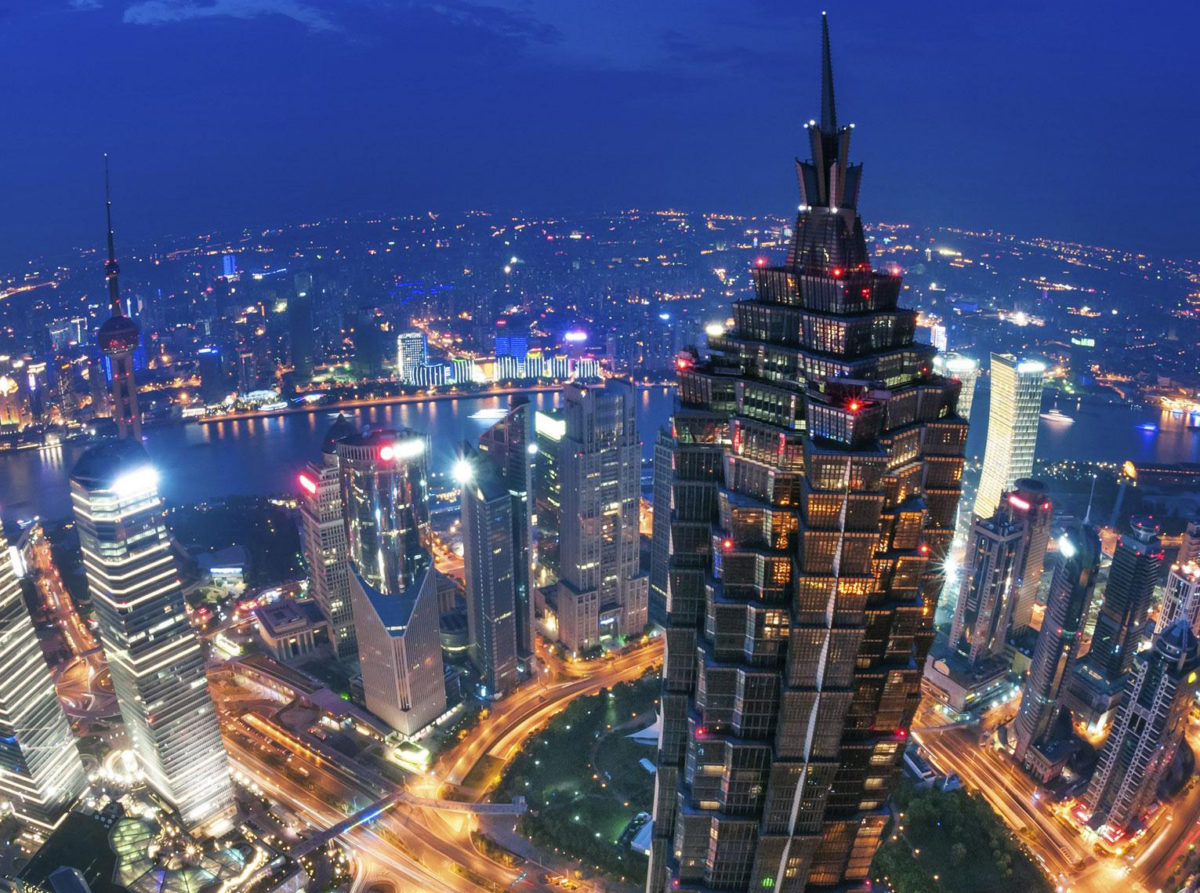China versus America: between a rock and a hard place
China is our biggest trading partner. The US is our biggest investor. What do we do when they have a spat? From an investor’s viewpoint we should take a disciplined approach to analyse the likely outcomes from the dispute. And they are not as bad as you might think.
According to Chi Lo, the senior economist for Greater China at BNP Paribas Asset Management, the trade war between China and the US is migrating from a macro issue, exacerbated by currency shifts and/or manipulation on both sides, to a micro issue to do more with technology than anything else.
The “trade war” part of the relationship between the world’s two great powers is not difficult to resolve, he says. The two big differences between those nations are China’s excessive savings and America’s excessive consumption. That is what caused the war in the first place.
On a regular visit to Australia, this time also speaking at the JANA Investment Advisers annual conference last week, Chi Lo said that he had a more positive view of the Chinese economic outlook than the consensus view. While the trade war was at risk of becoming another currency war, and was not going to go away anytime soon, the technological developments from both countries was an important factor in the dispute.
“I think that China wants a temporary breathing space but it can also drag out the war. That would put more political pressure on [US president] Trump,” Chi Lo said. “He wants to use new tariffs to deliver good news to the American people. But negative news from the ongoing trade negotiations will keep the US stock market jittery and potentially hurt his [re-election] campaign… I think China wants a break from all this so they can deal with their domestic issues.”
Longer term, it is a different story, Chi Lo says. Labour and the advancements in productivity will drive future growth. He believes that despite the demographic shift of a declining population – while not as bad as Japan’s or South Korea’s – the participation rate (population in the workforce) can increase from its current 68 per cent to get closer to Japan’s 79 per cent. That would mean an extra 160 million workers. The real decline in the Chinese workforce will not start until about 2030.
“If China can resolve its fundamental problem of a misallocation of resources [such as through the state-owned enterprises] and have capital properly allocated within the private sector, then the system will be not, overall, over-invested… The Chinese dream is to build a high-tech economy by 2050. So, 2025 is the mid-point and that sort of industrial development will revive Chinese GDP growth. Not in double-digit numbers, but around 5-6 per cent,” he says.
“They still have a lot of mouths to feed. So, they need a certain level of growth to ensure social order… In our view there is not yet a significant constraint on Chinese growth for, say, 20 years.”
Within the shorter term, Chi Lo says, there will be smaller cycles. But the long-term secular trend is demographic. And new industries – alternative energy production, industrial robots, nuclear power, electric vehicles, and so on – are likely to push Chinese per-capita income growth above 5 per cent a year.
Talking to Chi Lo, you get the impression that China will become the new America.
– G.B.










